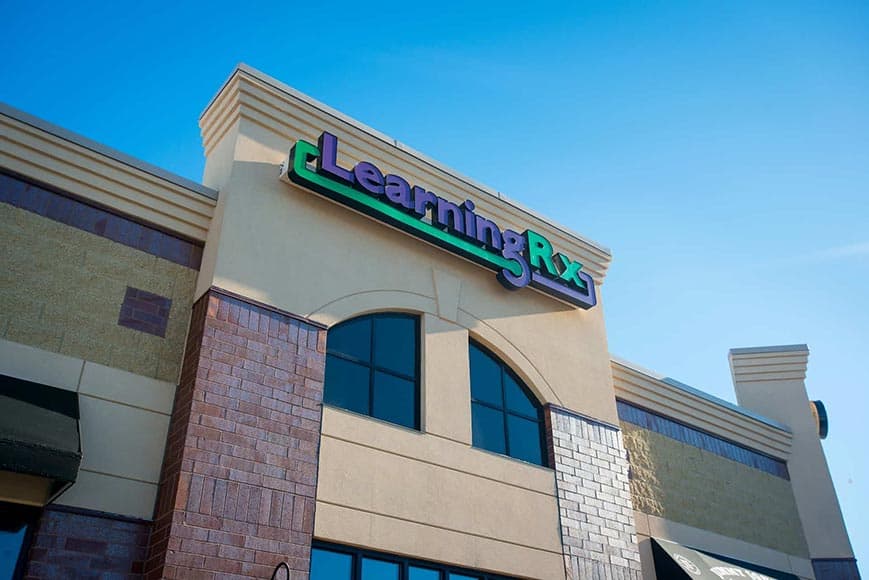What Is the Science of Reading?
When you think of learning to read, what comes to mind? Likely it is one of two things: phonics or sight words (or maybe something of a combination). These 2 main approaches have been at war for decades. New research published as the Science of Reading shows a clear winner: kids need strong phonological processing skills in order to learn how to read.
What is the Science of Reading?
Essentially, the Science of Reading is a highly research-backed explanation for how kids learn to read, how we should be teaching them to read, and why this method works.
Essentially, evidence converges to show that the ability to decode (or sound out) words is the foundation of successful reading. We need to partner this skill with language development, comprehension, and fluency, but those things come after effective decoding skills.
Explicit Phonics Instruction Instead of Balanced Literacy
For the past decade (ish) a balanced literacy approach has been foremost in the school system. Balanced literacy focuses on exposing kids to a wide array of language experiences and builds visual cues, sight word recognition, and other similar skills. While kids should absolutely be in text-rich environments, this in itself is not enough to teach them how to read effectively.
Instruction Should Be Explicit, Systematic and Diagnostic
A structured literacy approach that includes systematic and explicit instruction in phonological awareness, phonics, and other foundational reading skills is at the root of the Science of Reading. This will likely move classroom instruction away from sight words (where you learn to read by remembering the appearance of words) and towards spelling/decoding rules and other tactics to figure out new words.
These 3 facets of how we deliver reading instruction are critical:
- Explicit instruction tells emerging readers exact rules, patterns, and sounds for codes that they can expect. This fills their cognitive toolbox with the knowledge and ability to correctly approach new words.
- Systematic instruction follows a logical pattern that builds on mastered knowledge. This approach keeps kids from getting bogged down or overwhelmed. Instead, they gradually grow and logically are able to keep up.
- Diagnostic instruction allows for specific targeting of sounds or concepts that kids struggle with. In structured literacy, reading instruction is responsive to the needs of the individual and includes continuous assessments.
How Do We Build Comprehension?
Some critics of this approach raise the question: if we focus so hard on phonics and decoding sounds, when will kids learn to enjoy the experience of reading and build comprehension?
The answer is: later.
The fact is that deriving meaning from words is a much higher level skill that requires other cognitive skills to work effectively. Starting with the ability to sound out unfamiliar words will serve kids much better in the long run because they will have strategies at hand as texts get harder and harder.
In addition to decoding skills, kids need strong working memory, visualization skills, processing speed, and logic & reasoning skills in order to have strong reading comprehension.
For kids who can decode words but can’t comprehend or “build a picture” of what they’re reading, it is often one of these skills—and not necessarily their reading skills—that is causing the problem.
Yes, comprehension is the ultimate goal of reading instruction, but it is just that: the goal. Building kids’ abilities to sound out, manipulate, and arrange words correctly needs to be the foundation.
Help for Kids Struggling with Reading
If your child has not been taught by this approach, it’s not too late. The ReadRx program at LearningRx follows this framework. Plus, it includes the added benefits of a brain training approach AND strengthening other key underlying cognitive skills!







